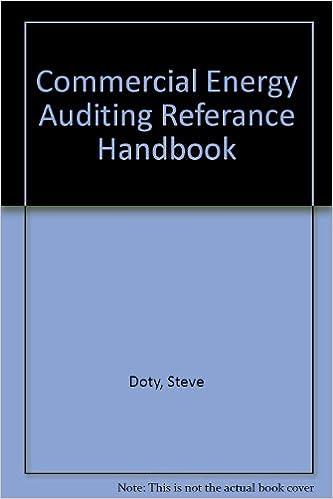Question
Adams, Inc., acquires 100% voting shares of Clay Corporation on January 1, 2022, in exchange for $510,000 cash. Immediately after the acquisition, Clay has $450,000
Adams, Inc., acquires 100% voting shares of Clay Corporation on January 1, 2022, in exchange for $510,000 cash. Immediately after the acquisition, Clay has $450,000 of net assets (Common stock $150,000 and Retained earnings on January 1, 2022 $300,000) and its equipment (5-year life) is undervalued by $50,000 and its long-term liability (4-year life) is undervalued by $10,000. Clay earns a net income of $55,000 and pays a $5,000 cash dividend in 2022 and Clay earns a net income of $60,000 and pays $8,000 cash dividend in 2023. Purchase Price Allocation and Annual Amortization (3 point): Clays acquisition-date fair value Book value (assets minus liabilities, or stockholders' equity) Fair value in excess of book value Annual excess Allocation to equipment based on Life amortizations difference between fair and book value 50,000 5 yrs. Allocation to LT liability (10,000) 4 yrs. (2,500) Goodwill $20,000 indefinite - 0- Total $7,500 Investment in ClayDecember 31, 2023: Consideration transferred for Clay 2022: Equity accrual (based on Clay's Income) Excess amortizations (above) Dividends received
1/1/2023 552,500 2023: Equity accrual (based on Clay's Income) Excess amortizations Dividends received Total $597,000
Equity in subsidiary earnings-2023 Equity accrual (based on Clay's Income)
Excess amortizations
Equity in subsidiary earnings (2023).. 52,500
Consolidated Journal Entries at 12/31/2022 under Equity method (3 points) (S)
(A)
(I)
(D)
(E) Depreciation expense Long-term liability Equipment Interest expense
Consolidated Journal Entries at 12/31/2022 under Initial Value method (2 point)
(S) the same as the equity method (yes/no)
(A) the same as the equity method (yes/no)
(I)
(E) the same as the equity method (yes/no)
Consolidated Journal Entries at 12/31/2022 under partial equity method (2 point)
(S) the same as the equity method (yes/no)
(A) the same as the equity method (yes/no)
(I)
(D) the same as the equity method (yes/no)
(E) the same as the equity method (yes/no)
Step by Step Solution
There are 3 Steps involved in it
Step: 1

Get Instant Access to Expert-Tailored Solutions
See step-by-step solutions with expert insights and AI powered tools for academic success
Step: 2

Step: 3

Ace Your Homework with AI
Get the answers you need in no time with our AI-driven, step-by-step assistance
Get Started


